Three penguin species tolerated a warming climate quite well about 15,000 years ago, but it's a very different story for two of them now.

Adélie
penguins, seen here on an ice floe, are in decline because retreating
sea ice and commercial fishing have reduced the penguins' main food
source: krill.
PHOTOGRAPH BY BILL CURTSINGER, NATIONAL GEOGRAPHIC CREATIVE
National Geographic
Published June 12, 2014
They
were climate change "winners," the authors write. About 15,000 to
20,000 years ago, the retreating ice exposed expanses of bare ground
that the penguins could build nests on, allowing them to expand their
populations.
This historical perspective is helping researchers to understand the penguins' current situation in western Antarctica. (See "West Antarctic Glaciers Collapsing, Adding to Sea-Level Rise.")
The warming that researchers are now measuring on the Antarctic Peninsula is approaching the limits of what these penguin species experienced in the past, says Gemma Clucas,
a doctoral student at the University of Southampton in the United
Kingdom and lead author of the new paper. "We're seeing a very different
response [from them now.]"
Genetic analysis of 249
gentoo, 166 chinstrap, and 122 Adélie penguins showed that all three
populations expanded after the last glacial maximum—when the ice sheets
were at their greatest extent—the researchers report today in the
journal Scientific Reports.
But only gentoo penguins seem to be holding their own against current
warming trends in the western Antarctic. The other two species are in
decline.
Too Much and Not Enough
"You can have too little ice and too much ice, and both of these are bad," says Jefferson Hinke,
an ecologist with the U.S. National Oceanic and Atmospheric
Administration's Southwest Fisheries Science Center in La Jolla,
California.
In the past, the problem was a lack of real
estate. During the last glacial maximum, there was 100 percent more ice
in the sea surrounding Antarctica, severely restricting access to the
ocean, which penguins depend on for food. Glaciers also covered the bare
ground, where they lay their eggs and raise their young. It wasn't
until the ice started melting that the penguin populations began to do
better.
"Now we have too little ice," says Hinke, who
was not involved in the study, "and the ecological consequences of that
are that species like Adélie and chinstraps aren't doing too well."
However, unlike the past, the problem for penguins now is a dwindling
food supply.
Adélie and chinstrap penguins rely mainly
on krill, which has been declining due to retreating sea ice, which the
shrimplike animals need to grow. Commercial fishing for krill, along
with a resurgence of whales that prey on the tiny animals, have further
reduced krill populations. Gentoo penguins are likely doing better
because they have a more flexible diet, which includes fish and some
squid, in addition to krill. (See also "Penguin Numbers Plummeting—Whales Partly to Blame?")
Nothing Lasts Forever
"These species are a lot more robust than we sometimes give them credit for," says Heather Lynch,
a population ecologist at Stony Brook University in New York who
contributed data to the study. Researchers worry when species are forced
to shift their ranges, she says, but this paper shows that these
penguin species can come through those changes.
However,
"there have been reversals of fortune in the past," Lynch says. The
Adélie and chinstrap penguins are evidence of that. Even though the
gentoo penguins seem to be doing OK now, "there's no guarantee that that
will last forever."




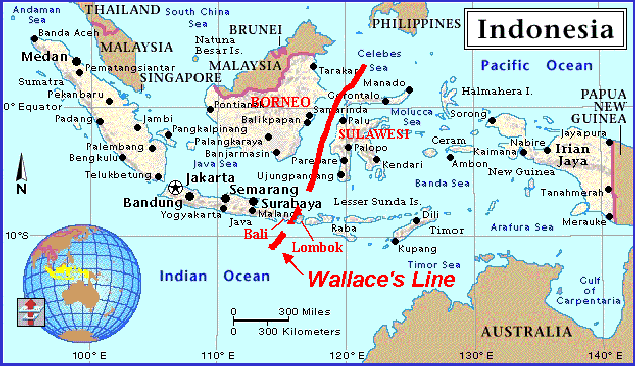


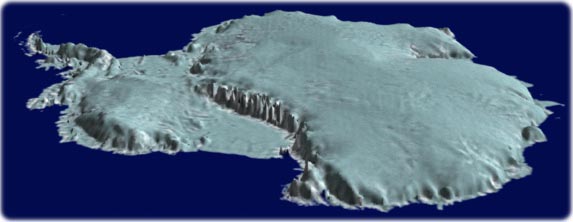
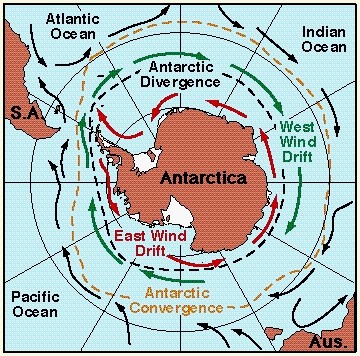





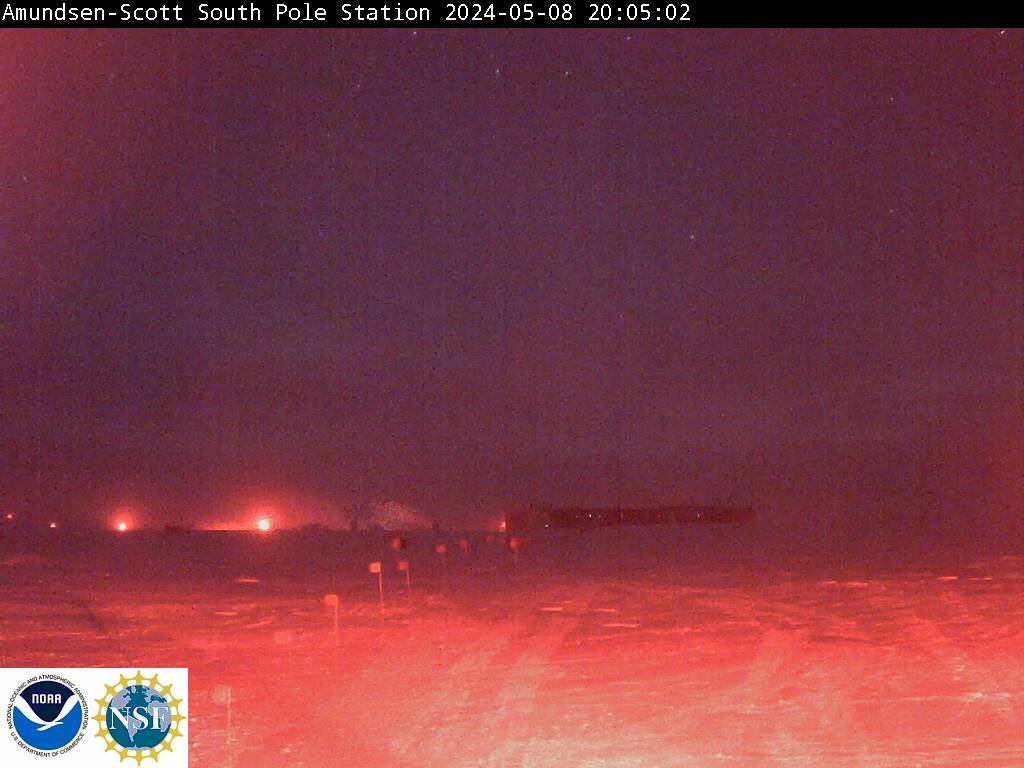
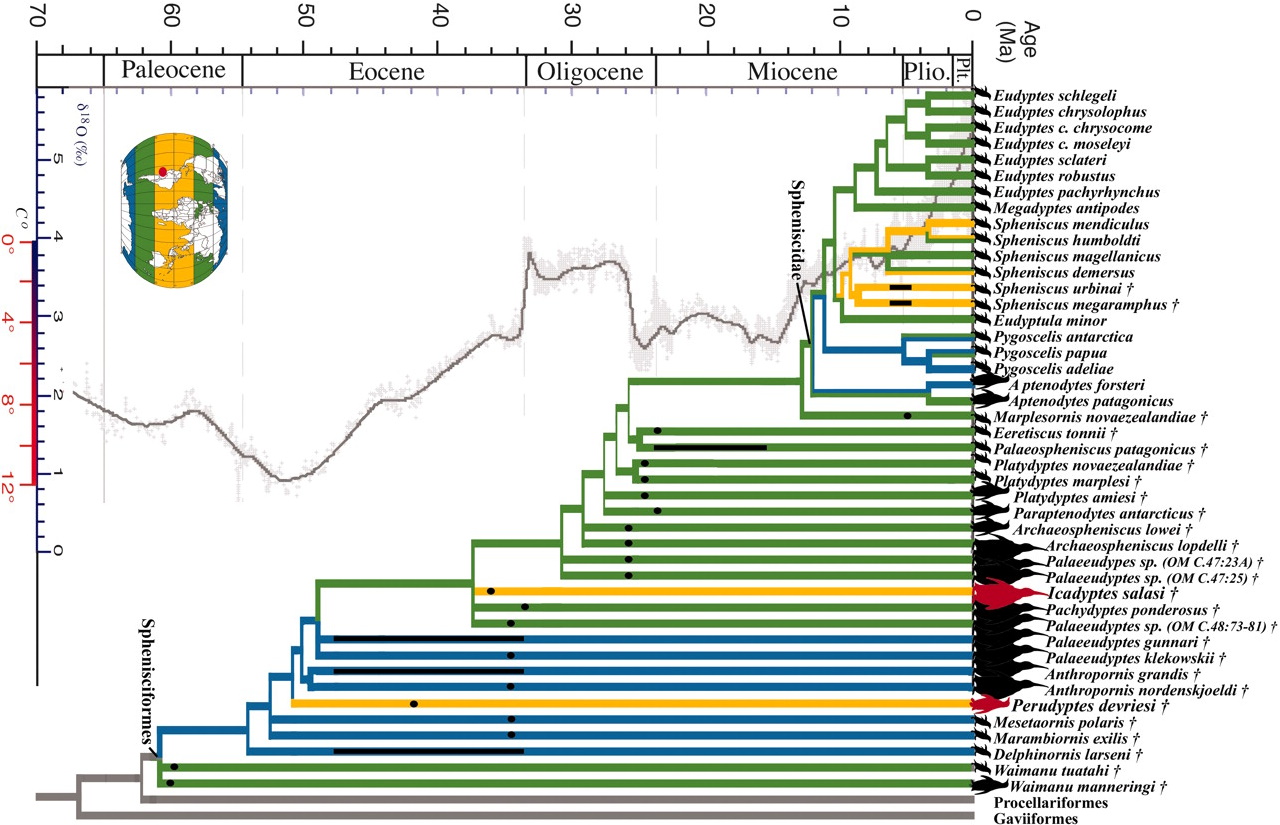

No comments:
Post a Comment